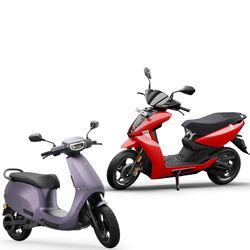Buy or subscribe? Which model can boost India's electric mobility dream
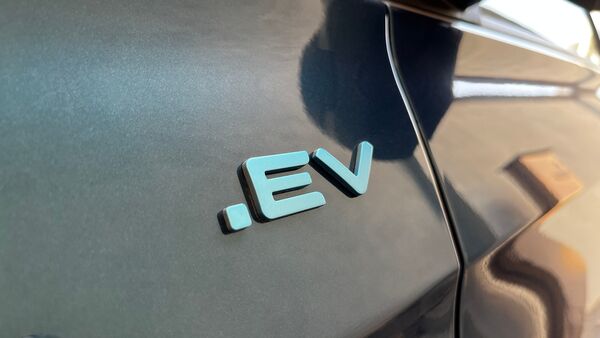

India is one of the leading electric vehicle markets in the world, led majorly by electric two-wheeler manufacturers. Over the last few years, several EV startups have been driving the growth in the Indian electric vehicle market, while legacy players too have started joining in. However, while the electric two-wheeler segment is growing at a rapid pace, penetration of battery electric propulsion technology is sluggish in the passenger vehicle segment.
According to a study by consultancy agency Bain & Company, electric vehicles accounted for about five per cent of total vehicle sales in India between October 2022 and September 2023. The study projected that India's electric vehicle sales could reach more than 40 per cent penetration by 2030, driven by strong adoption in both two-wheeler and three-wheeler categories. The study also claimed that while two-wheelers form the majority of India's EV sales today, accounting for about 90 per cent, passenger vehicles follow the segment with about nine per cent market share.
Also check these Cars
Also Read : It's a great time to buy an electric scooter instead of a petrol one. Here's why
No wonder this growth trajectory over the last few years, and projected growth rate, is encouraging the industry to focus more on electric vehicles, the consumers are still shy at large when it comes to adopting electric vehicles instead of fossil fuel-driven vehicles. In this case, instead of offering the consumers a traditional purchase-based ownership, auto OEMs can opt for subscription models, which could be a viable revenue source for them as well as boost the adoption of electric mobility across India. To understand the viability of the subscription model's positive impact on the growth of electric vehicles in India, first, we need to understand the challenges of electric mobility.
Watch: 2023 Tata Nexon EV facelift first drive review: Best-seller gets even better?
Electric mobility: What are the challenges?
While electric vehicles promise several benefits to consumers, they also come with a certain set of challenges. Comparatively higher sticker prices, limited availability of public EV charging infrastructure owing to sluggish growth, longer recharging time of electric vehicles, range anxiety due to the limited range of battery-powered vehicles, and uncertainty around the lifespan of batteries and their replacements have been creating a great dilemma for the buyers; to buy or not to buy an electric vehicle.
Indian consumers are highly price-sensitive. Also, when it comes to buying a large ticket product like a vehicle, it is generally associated with a lot of filters and factors. Electric propulsion technology that started seeing democratisation merely one and half decades ago comes associated with a lot of questions and doubts from consumers compared to technology like internal combustion which has evolved through research and development for more than a century. Naturally, the ICE vehicles are more reliable to vehicle buyers than the EVs. Making that reliability issue more critical against the adoption of electric vehicles are the abovementioned challenging factors.
How subscription model can be useful?
Indian consumers are highly price-sensitive, the price of a vehicle plays a critical role in purchase decisions. Even if electric vehicles offer a significantly lower cost of ownership in their lifespan compared to ICE counterparts, the sticker price of the EVs remains about significantly higher than their ICE equivalent models. The average cost of an electric two-wheeler in India is about 15 per cent higher than its ICE equivalent, while electric cars come up to twice as expensive as their petrol-powered counterparts. Clearly, this is a major factor that drives many consumers away from buying an electric vehicle.
In this case, a subscription model that doesn't burn the pocket of the buyer, while at the same time offering him or her the ownership experience of the vehicle can be a viable option from the OEMs to popularise the electric vehicles. This strategy will allow the consumers the experience of ownership of an EV at a substantially cheaper cost than actually owning a vehicle. Also, another advantage of this strategy is that users will be able to opt for the latest available technology in the market, which would not only enhance their knowledge about EVs but alleviate various fears and concerns around them.
Currently, in India, Tata Motors owns the lion's share in the electric passenger vehicle market thanks to its products such as Nexon EV, Tiago EV, Tigor EV and the recently launched Punch EV. For example, the homegrown automaker introduced a limited-period subscription model for its widely popular Nexon EV, costing consumers a fee of ₹29,500 per month. This subscription package comprises comprehensive insurance coverage, 24/7 roadside assistance, and free maintenance with periodic servicing. Customers of this package don't have to bother about road tax, registration, insurance renewals, servicing and maintenance. The customers can opt for subscription tenure between 12 months and 36 months depending on their preference. This means the users can save a large sum of money by opting for a subscription package instead of buying the car.
Speaking about the viability of this strategy, Puneet Gupta, Director of S&P Global Mobility, said that uncertainties across jobs and business across India may lead to an exponential rise in the subscription model being introduced by auto OEMs in the coming years for their electric vehicle products. “New-gen customers don’t want to commit any big pie of their salary to a high-value dedicated asset like a car. They want a hassle-free experience without bothering about insurance, maintenance etc. Though choices may vary but I feel entry models and models with experiential experience can be the first choice of the consumers who want subscription services going forward in the near term," Gupta added.
Also Read : How to sign up for a car subscription plan: Key tips
Key benefits of subscription model in a nutshell
No upfront purchase cost
A subscription model allows a vehicle buyer to start using an electric vehicle for a cost that is only a fraction of the sticker price of the car or two-wheeler. This value proposition allows him or her a significant amount of savings on capital compared to buying the whole vehicle. He or she can instead use that money somewhere else.
No maintenance cost
As subscription models usually charge the users monthly fees comprising costs like maintenance, insurance etc, the user remains worry-free. He or she can use the vehicle like he or she owns it, without bothering about the recurring costs for maintenance, insurance etc.
Ownership experience without owing the EV
Subscription models offer the users almost equal experience as consumers who buy the vehicle and own it. This means the user of a subscription model can have the same ownership experience of driving or riding the EV without owning it. Also, this strategy allows the user the flexibility to change the vehicle after a certain period if he or she doesn't enjoy the experience of having it.








 40.5 kWh
40.5 kWh 465 km
465 km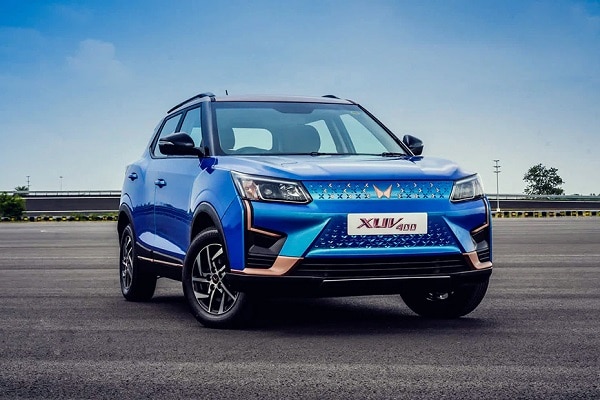
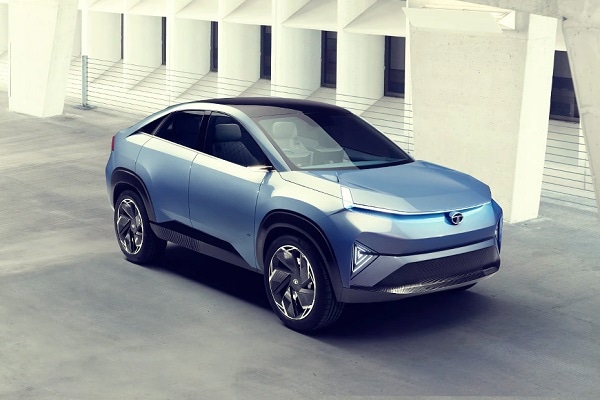
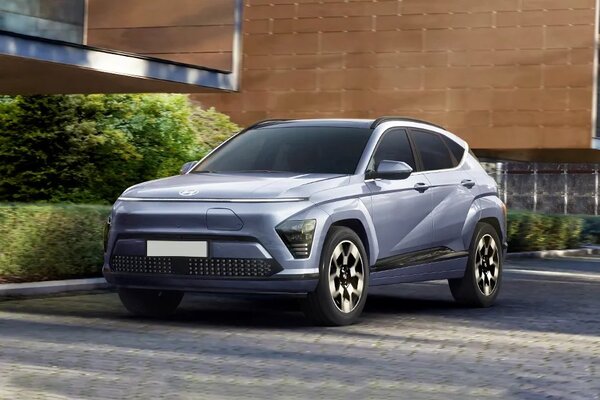
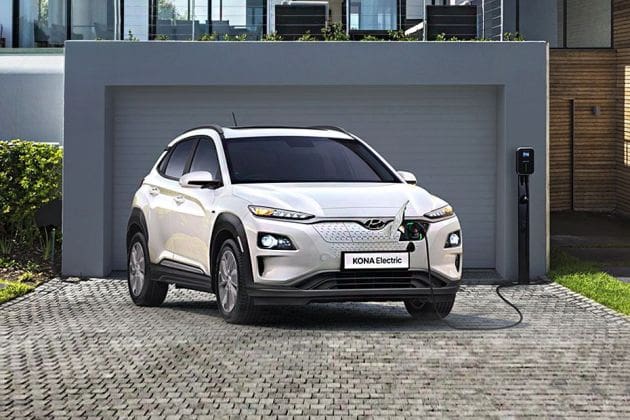

 1497 cc
1497 cc Multiple
Multiple




